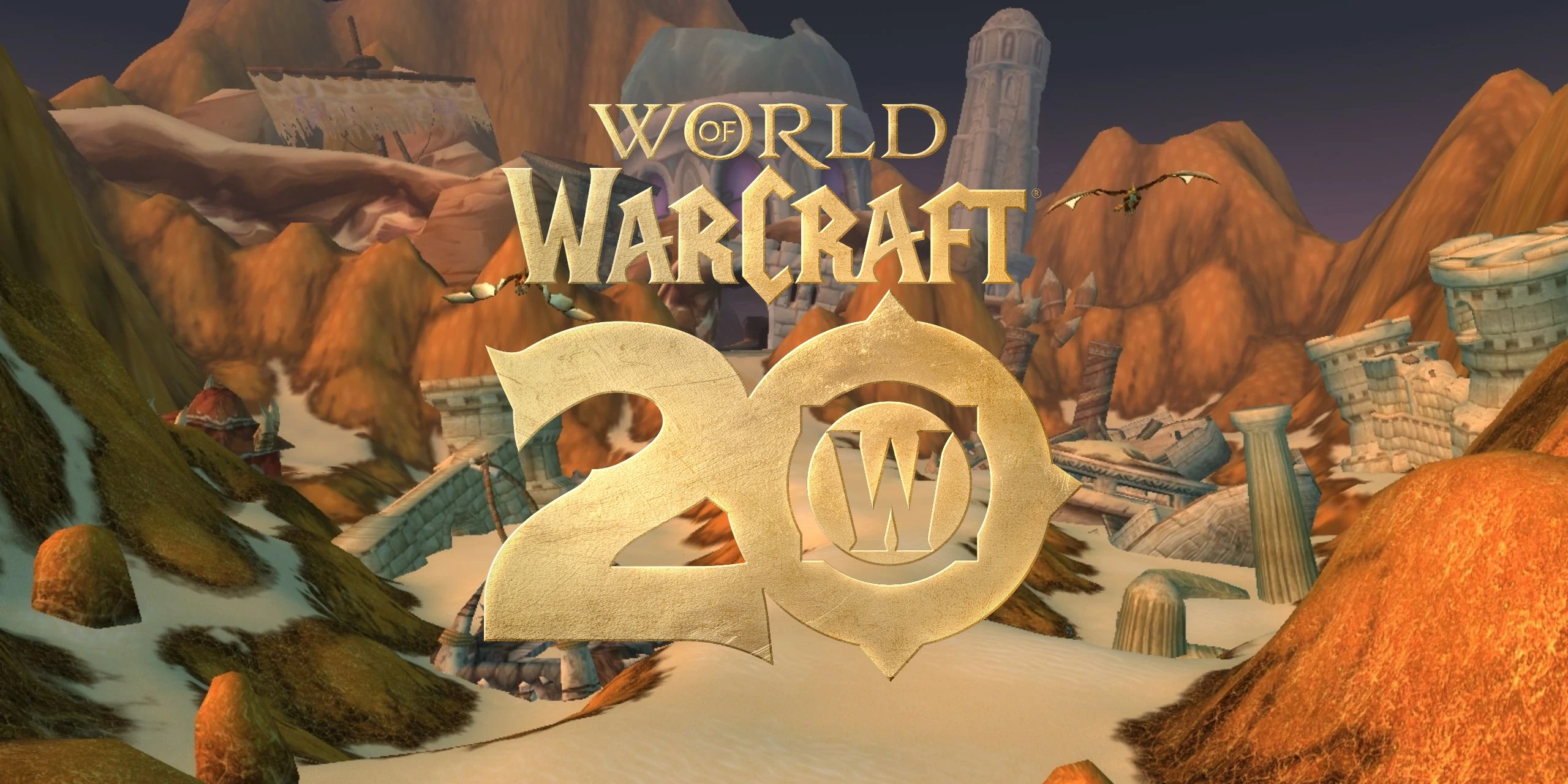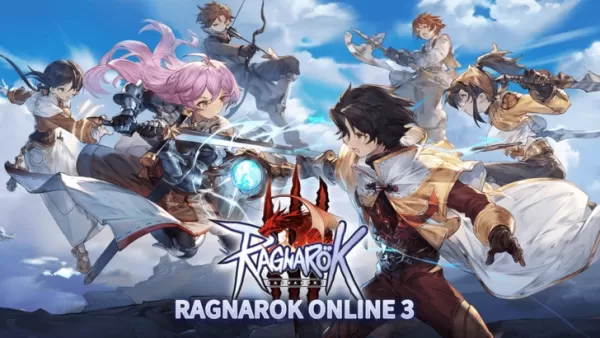Unlocking the Mystery of "Angry Kirby": A Look at Nintendo's Localization Strategies
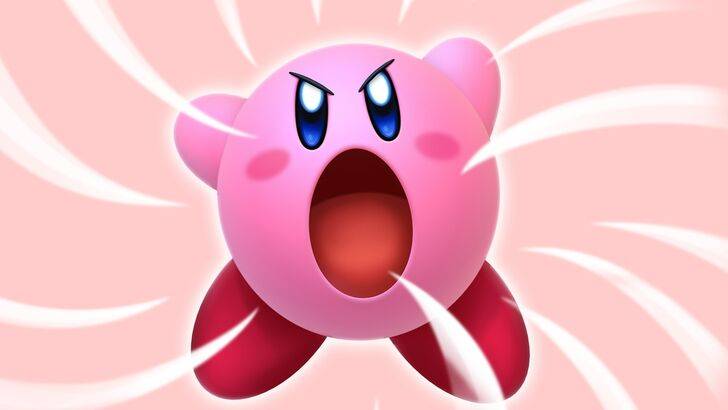
Former Nintendo employees shed light on the evolution of Kirby's image in the West, revealing a fascinating story of localization and marketing adaptation. This article explores why Kirby's portrayal differed significantly between Japanese and Western releases, and how Nintendo's global approach has since evolved.
The "Angry Kirby" Phenomenon: Appealing to a Broader Audience
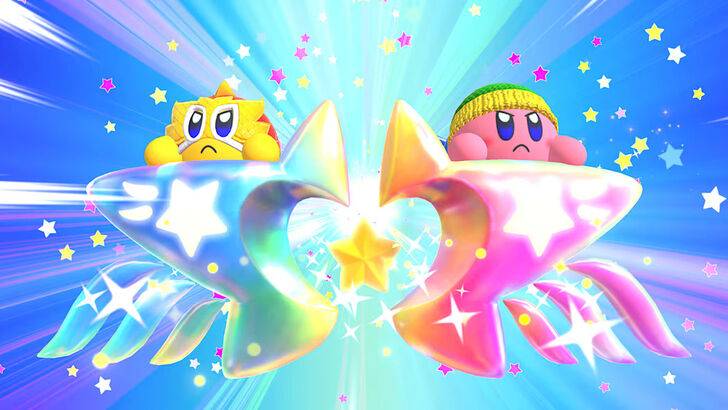
Kirby's Western iterations often featured a tougher, more determined expression – a stark contrast to his typically cute Japanese counterpart. Leslie Swan, a former Nintendo Localization Director, explained that while "cute, sweet characters" resonate widely in Japan, Western markets, particularly among tween and teen boys, favored "tougher characters." This led to the fan-dubbed "Angry Kirby," a deliberate stylistic choice to broaden appeal. Shinya Kumazaki, director of Kirby: Triple Deluxe, confirmed this strategy, noting that while cute Kirby drives sales in Japan, a "strong, tough Kirby" resonated more in the US. However, he emphasized that this varied by title, citing Kirby Super Star Ultra as an example with a similar tough Kirby depiction in both regions.
Marketing Kirby as the "Super Tuff Pink Puff"
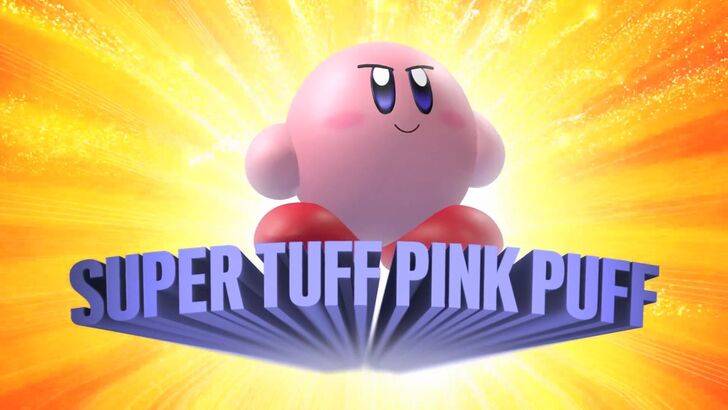
Nintendo's marketing aimed to shake off its "kiddie" image, a perception Krysta Yang, a former Nintendo of America Public Relations Manager, described as a significant hurdle. The "Super Tuff Pink Puff" branding for Kirby Super Star Ultra (2008) exemplifies this shift. The focus moved towards highlighting Kirby's combat prowess to attract a more mature audience, although Yang acknowledges that Kirby's inherent cuteness remains a primary draw. More recent marketing, as seen in Kirby and the Forgotten Land (2022), prioritizes gameplay and abilities over personality, reflecting a more balanced approach.
Regional Variations in Localization: A Case Study
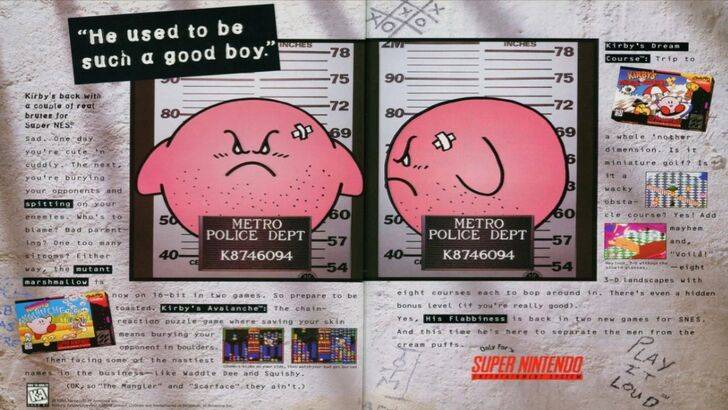
Differences in Kirby's presentation weren't limited to facial expressions. The original Kirby's Dream Land (1992) Game Boy release featured a ghostly-white Kirby in the US, a stark contrast to his pink Japanese counterpart. This was due to the Game Boy's monochrome display, highlighting the challenges of adapting visuals across platforms. Swan noted that marketing a "puffy pink character" to a "cool" boy demographic proved challenging for sales. This led to consistent adjustments in US box art, aiming for a more appealing image. In recent years, a more consistent global approach has emerged, with Kirby's portrayal oscillating between serious and cheerful expressions.
A More Globalized Nintendo: Consistency vs. Regional Nuances
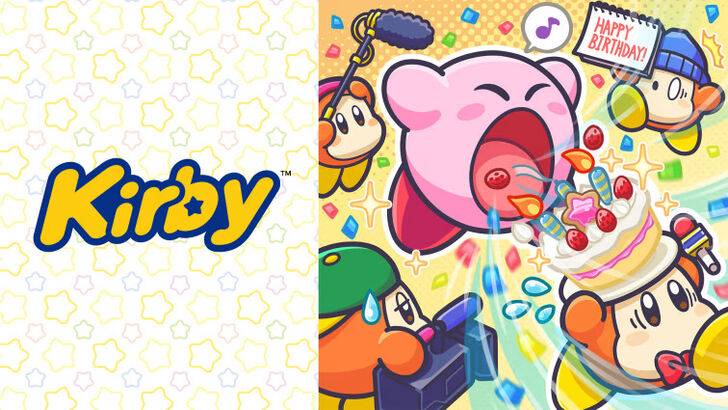
Both Swan and Yang agree that Nintendo has adopted a more unified global strategy, fostering closer collaboration between its Japanese and American offices. This has led to more consistent marketing and localization, minimizing regional variations like the infamous 1995 "Play It Loud" mugshot ad. While Yang acknowledges the benefits of global consistency in branding, she also notes the potential downside of sacrificing regional nuances, potentially resulting in "bland, safe marketing." The current trend, game localizers suggest, reflects the broader globalization of the industry and the increasing familiarity of Western audiences with Japanese culture.






 LATEST ARTICLES
LATEST ARTICLES 